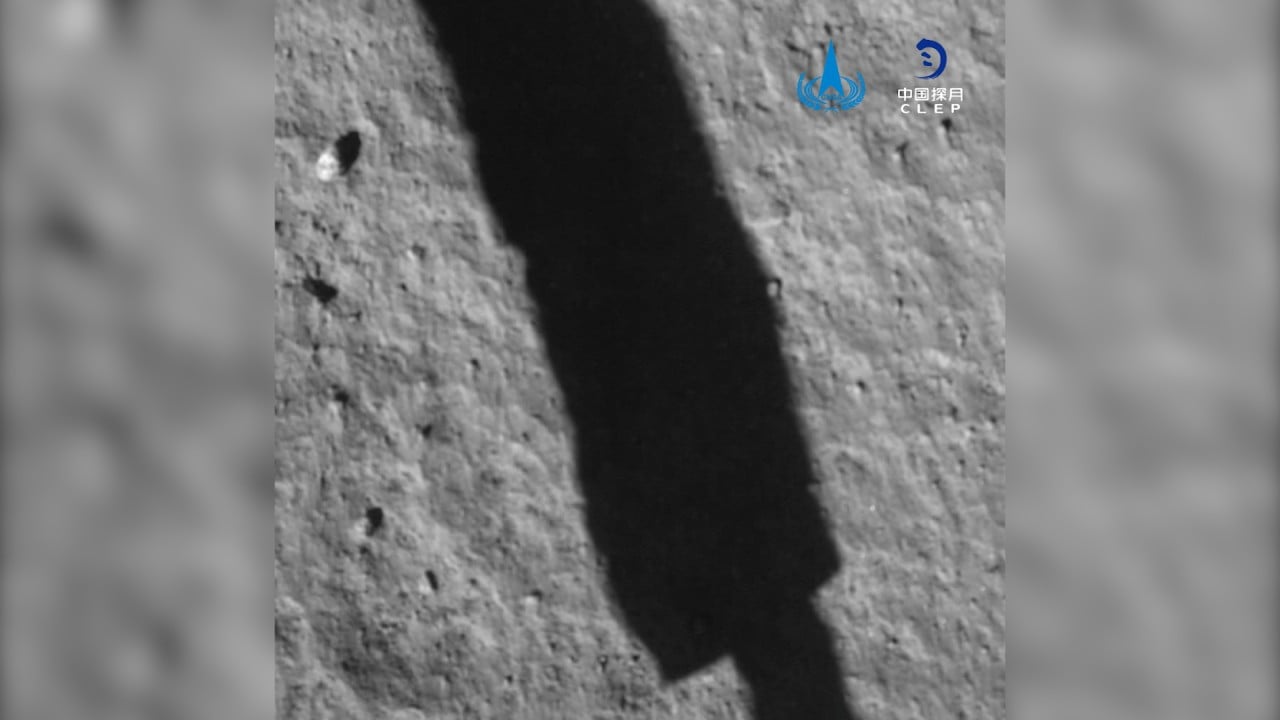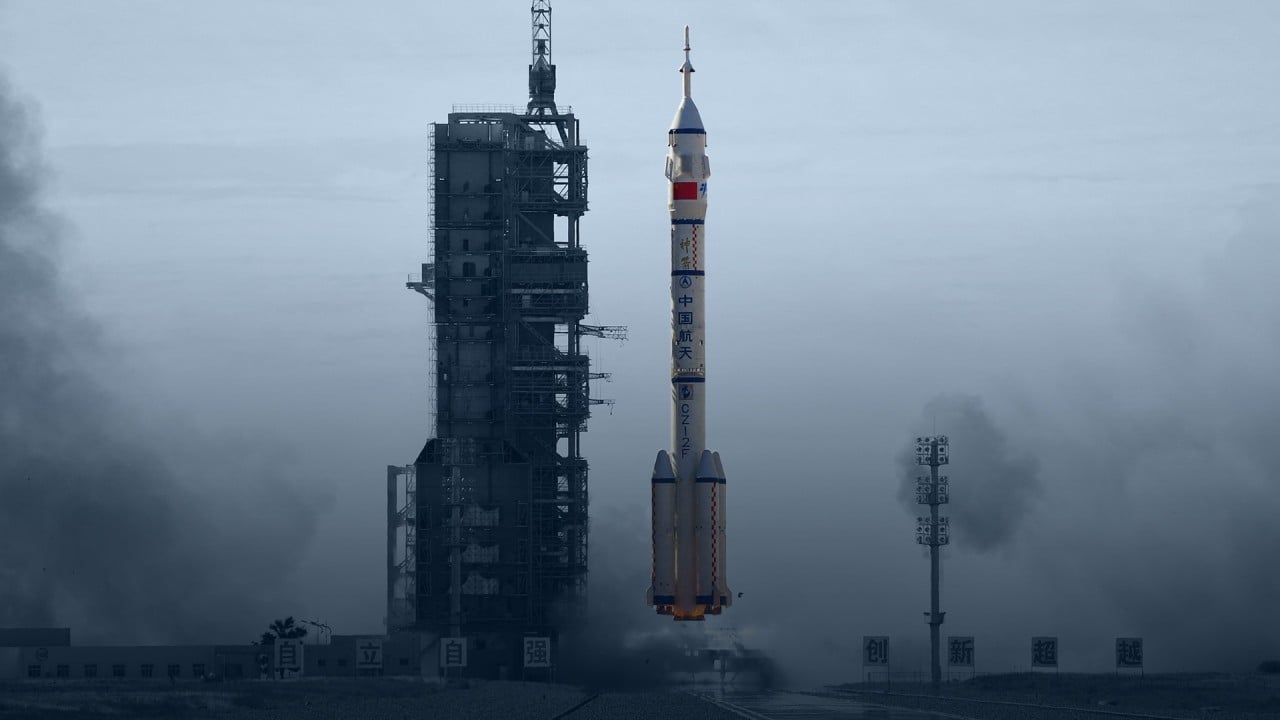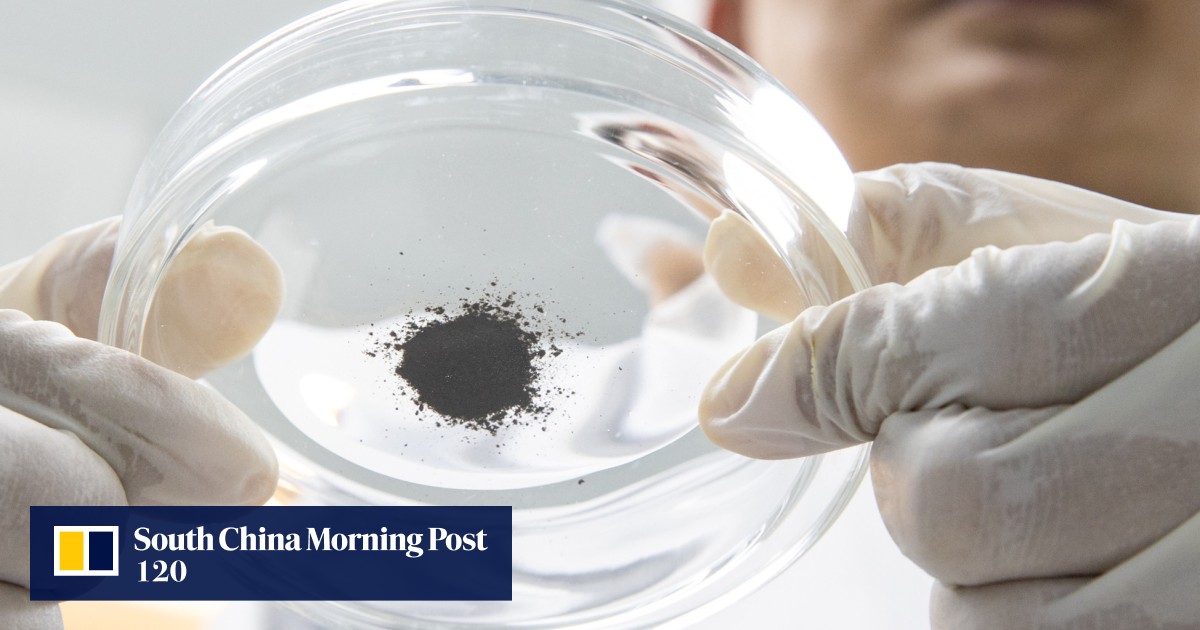
Nasa urges researchers to reach out for China’s Chang’e 5 moon samples, sidestepping US ban
- In exception to Congressional Wolf Amendment, the space agency is encouraging applications to its Chinese counterpart
- The CNSA’s latest application round is the first to be opened to academics outside China
The applications would normally be illegal under the so-called Wolf Amendment – passed by the US Congress in 2011 and named after then Republican senator Frank Wolf – which bans Nasa from cooperating with China unless authorised by lawmakers.
According to the Nasa email, addressed to “dear colleagues”, the application for access was necessary because of the “unique value” of the Chinese samples, which had been “made available recently to the international scientific community for research purposes”.
The email made clear that the green light for applications was an exceptional case. “This allowance applies specifically to Chang’e 5 mission samples; the normal prohibition on bilateral activity with PRC on Nasa-funded projects remains in place.”
According to the email, the samples come from a lunar region “not yet sampled by Nasa” and are expected to provide valuable insights into the geological history of the moon, the Earth-Moon system, and potentially help Nasa make future lunar exploration plans.
“Applying for samples will ensure that United States researchers have the same research opportunities as scientists around the world,” the agency said.
James Head, a planetary geoscientist at Brown University in Providence, Rhode Island, said there had been “great enthusiasm” internationally to study the samples. He predicted that “many colleagues will be applying”, now that Nasa has opened access.
“It should be a very large set of applications,” he told the South China Morning Post in an email on Thursday.
While Chinese scientists had already addressed a range of fundamental questions by analysing some of their Chang’e 5 samples, the participation of foreign scientists could “bring even more interest and different perspectives to tackle these critical problems”, he said.
CNSA’s latest application cycle, which closes on December 22, is the first to accept research proposals from outside China. Applicants can log on to the sample release system, check out the specimen’s properties, such as weight and size, and bid to study a maximum of five.
From the moon to China and now the world
China’s Chang’e 5 spacecraft touched down in December 2020 near Mons Rümker, a volcanic mountain in the northwest region of the moon’s near side. During its 23-day mission, the lander collected 1,731 grams of lunar soils through a combination of drilling and scooping.
The mission’s return marked the first successful retrieval of lunar samples in the nearly five decades since the end of Nasa’s Apollo programme.
While some of the Chinese samples were sealed and stored in Mao Zedong’s hometown in Hunan province, the remainder been used for a variety of purposes, including public displays and as diplomatic gifts. Russia and France have each received some.

02:01
China successfully lands Chang’e 5 probe on moon to collect lunar samples
Most importantly, they have been available for scientific research. Since 2021, CNSA has organised six rounds of Chang’e 5 sample applications, distributing more than 250 specimens – amounting to 77.68 grams – to Chinese institutes and universities.
More than 70 papers based on analysis of the samples have so far been published in some of the world’s top academic journals.
In October 2021, two Chinese teams reported – in Science and Nature, respectively – that the age of the Chang’e 5 specimens is around two billion years old, much younger than previously thought.
“It was absolutely fabulous to get two independent dates from Chinese labs that both showed the 2 billion-year-old age for the stratigraphically young lava flows,” said Head.

02:24
China: Meet the country’s youngest female commander on Chang’e 5 moon mission
The results could help scientists calibrate the younger end of an important curve, which is used to determine the age of all planets, basically by counting the number of craters on their surface, he said.
In October, the International Academy of Astronautics awarded its highest group award to the team behind Chang’e 5, for their “outstanding contributions to mankind’s lunar and deep-space exploration”, at its annual conference in Baku, Azerbaijan.
Chang’e 6, Mars and beyond
It is unclear whether Nasa will make further exceptions for China’s planned collecting missions, including next year’s Chang’e 6 endeavour to retrieve samples from the far side of the moon for the first time in human history.
According to Head, the scientific value of the Chang’e 6 samples could be even higher. “Our knowledge of the lunar far side is limited to that derived from remote sensing data,” he said.
“Returned samples will not only provide fundamental information about the timing of the largest and most ancient known impact basin on the moon, but also on the crustal composition of the other half of the moon, and maybe even deeper mantle material, lying below the crust,” he said.
In a paper published in July by Nature Astronomy, Head and his Chinese colleagues identified three candidate landing sites for Chang’e 6 in an enormous impact crater called the Apollo basin.
Though the sites have different ages and formation history, “they will all produce very interesting results that are critical to our understanding of the Moon,” Head said.
At the same time, the US and China agencies are separately working on missions to retrieve samples from Mars, which could take place around 2030.

05:06
How China’s space programme went from launching satellites to building its own space station
At the Baku meeting, a senior Chinese space official confirmed his country’s plan to launch a Mars sample return mission in 2028. Meanwhile, Nasa’s programme is facing challenges after an independent review in September said its budget and schedule were “unrealistic”.
According to the review, there is “a near zero probability” that the programme’s two main elements – a sample retrieval lander developed by Nasa and an Earth return orbiter developed by the European Space Agency – would be ready for launch in 2027 or 2028.
“The solar system is a big place and there is enough room for international space exploration. It seems to me that we are beyond the US-Soviet ‘moon race’ days, and hopefully into an era of various levels of coordination, cooperation and collaboration,” Head said.
“The latest announcement that Nasa-funded investigators can now apply to obtain Chinese Chang’e 5 samples is a very promising sign for additional scientific coordination and collaboration.”





